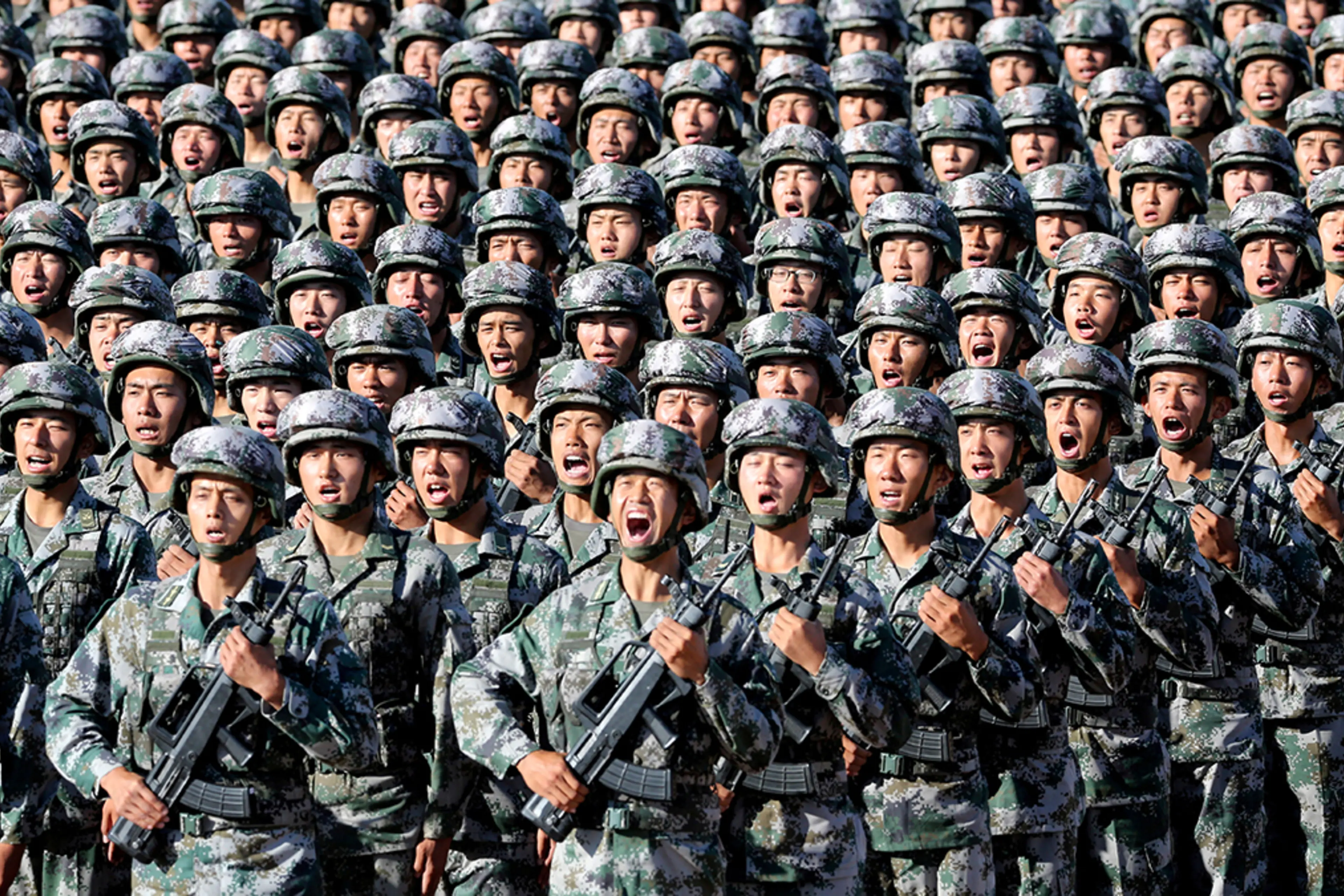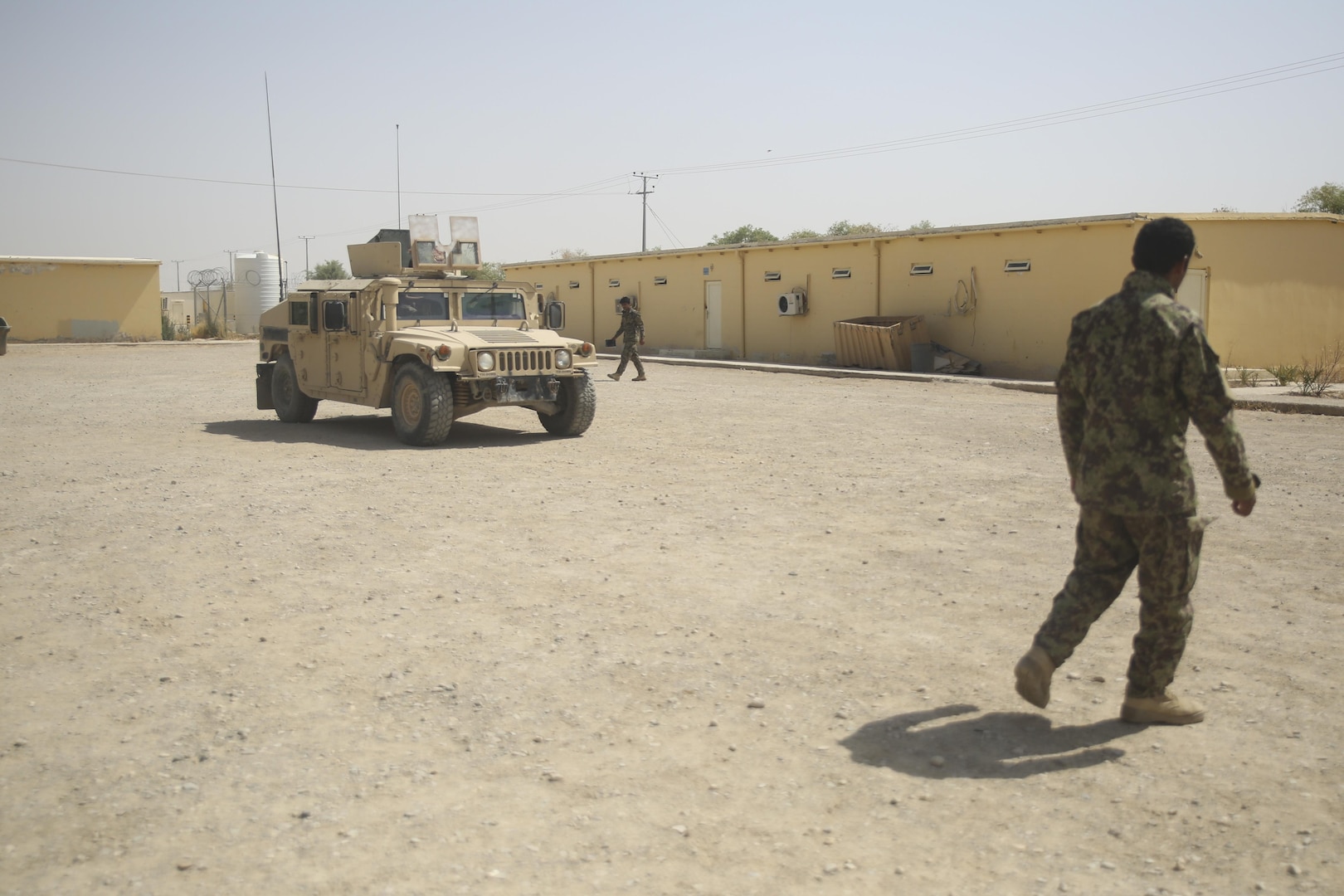Military Article 13 - Did you know there is an alphabet? It is a special phonetic alphabet used for communication by walkie-talkies and other devices. The alphabet was created to improve communication between members.
The phonetic alphabet is a set of 26 words used to spell letters during radio or telephone communication. This system helps ensure intelligibility and accuracy of communication, especially in noisy or difficult environments. The phonetic alphabet consists of the standard English alphabet and a few other usage-specific words. Some of these words include "Alpha", "Bravo" and "Charlie".
Military Article 13
Each word in the phonetic alphabet corresponds to a letter in the regular English alphabet. To ensure everyone uses the same pronunciation guide, all members learn this phonetic alphabet when they join the service.
Th Corps Engineer Soldiers Begin Route Clearance Course > U.s. Central Command > News Article View
The alphabet is also known as the International Radiotelephone Orthographic Alphabet (IRSA). The International Civil Aviation Organization (ICAO) was created.
IRSA is used to spell words and letters over the radio. This helps avoid confusion between similar sounding words. The first official version of the alphabet was adopted in 1927, although a version was in use as early as 1913. The current version, which is also the NATO alphabet and used by NATO countries, was adopted in 1957.
During World War II, the United States used a modified version of JANAP (Joint Army/Navy Phonetic Alphabet). It was adopted in 1941 and continued to be used until 1957 when it was officially replaced by IRSA. Today, the only parts of the WWII JANAP alphabet still in use are "Charlie", "Mike", "Victor", and "X-Ray".
The alphabet is often used for slang abbreviations. For example, Bravo Zulu or "BZ" is used to indicate general approval or appreciation. The phrase originated in the British Royal Navy and has been used by navies and around the world ever since.
Green Fields Of France: Mortuary Affairs In A Peer Conflict > National Defense University Press > News Article View
To see the alphabet in action, check out the Glossary of Abbreviations and the Glossary of Terms and Slang.
We can put you in touch with recruiters from various industries. Learn about the benefits of serving your country, paying for school, career advancement and more: apply now to hear from a recruiter near you
Last-Minute Tips for Passing the Navy Recruitment Exam There's one last thing you need to do before taking the Navy Recruitment Exam: relax.

How to Study for the Navy Advancement Exam There are several different types of study methods when it comes to preparing for the Navy Advancement Exam.
Investigators Into Capitol Insurrection Try To Sort Real Tips From Noise
Enlisted Navy Advancement Overview There are many factors that go into Enlisted Navy Advancement, which is part of your Navy Advancement Examination (NWAE) score...
How to Find Out What's on Your Navy Advancement Examination So what exactly will be on your Navy Advancement Examination (NWAE) and what do you need to study?
How Learning Styles Can Help You with the Navy Advancement Exam Before you start studying for the Navy Advancement Exam, it's a good idea to figure out your learning style.
The federal government is the largest employer of veterans – they want your expertise, transferable skills and safety…
Tajik Ministry Of Defense, Virginia Guard Look To Future > National Guard > Article View
The State Department is assessing developments in Kyiv as several senior Ukrainian officials, including front-line governors, have lost...
Around 600 French soldiers deployed as part of the NATO battle group in Romania conducted a combat exercise in...
President Joe Biden thanked Western allies for their support of Kiev when he announced Wednesday that...

President Joe Biden announced Wednesday that the U.S. will send 31 M1 Abrams main battle tanks to Ukraine, turning the moon ... FORT SILL, Okla. -- When artillery fire is flying across the sky, there are several pieces in the soldier's arsenal to make it happen. From leading observers, gun crews and field artillery automated tactical data systems experts. Another important player in the fire team is the field gunnery inspectors/13T weather crew members.
Defense Department Senior Enlisted Leaders Cite Troops' Top Concerns > National Guard > Article View
"The fun part of field artillery is pulling the string and watching it explode, but to get that round out there, you need these guys," said Capt. Ryan Smith, Battery B, 1st Battalion, 78th Field Artillery commander.
13T Advanced Individual Training students learn their craft quickly. The course is a consolidated and condensed version of the former 13W FA Weather Crewman and 13S FA Surveyor military occupational specialties.
Highly technical material is taught in I-See-O Hall with a maximum of 18 students per class. Students learn radio communications, followed by four weeks of surveyor instruction and four weeks of meteorology instruction.
"What's unique about the Field Artillery is that everyone has a specific job that helps the team," Smith said. “And these guys are behind the scenes because that's not the sexy part of field artillery.
The History And Roles Of The Us Army
Sexy or not, 13Ts cover three of the five requirements for field artillery to hit its target, including: firing unit location, meteorological information, and calculation procedures.
"Everyone is responsible for computing procedures. Doing their job right. This computer system works well, but 'garbage in, garbage out'." If you don't put in the right information, it won't work,” Smith said.
When you're fighting in someone else's backyard, soldiers need their exact coordinates when they hit the ground. The 13T is learning how to provide a more accurate location than GPS, so when a field artillery team fires at the enemy, it can be sure it will hit the target.
"Your regular GPS will get you within 10 meters of a position. With the Enhanced Position Azimuth Determination System, they can get you up to four meters," Lingerfelt said.
Dla Celebrates The Army's 242nd Birthday! > Defense Logistics Agency > News Article View
By carrying out a 'single position mark' and a 'two position mark', the group of students demonstrated that they had the proper surveying skills to provide accurate baseline data to the firing line. By calculating the height and distance between your equipment, it allows the rest of the field artillery team to position their weapons in the correct direction.
A seven-day forecast might be important to a person picking out the right uniform for the week, but getting an accurate weather forecast is critical to deploying artillery.
"The pattern of artillery fire, wind speed, direction and even air temperature all affect our projectile," Smith said. "We are all weather fires."
When field artillery engages in firefights, they try to fire quickly and efficiently. So 'Tangos' don't actually predict the weather, they "update" it instead. They collect information about what the weather is like at that moment and send it in "reply messages". These messages are sent every two hours during more transient weather periods.
Fighter Squadron Composite Thirteen (vfc 13) Cmc Earns Delbert Black Leadership Award > > Article View News
"At different times of the day, the weather stabilizes. The transition period is the mornings and evenings," Lingerfelt said. "It's crazy because of the temperature changes. You have a more stable temperature in the middle of the day or the middle of the night, so you don't have to send as many messages."
Students learn to gather information in several different ways. Using the Meteorological Measuring Set-Profiler, they set up the satellite and gathered information from the Navy's Operational Global Atmospheric Prediction System. It receives meteorological data from various layers of the atmosphere, which are sent to the fire control center on various meteorological data lines.
"The lines are comparable to different levels of the atmosphere. So if they're shooting higher, they're going to want more meeting lines to cover the atmosphere," Lingerfelt said.

A more popular part of the curriculum would be when students release weather balloons, although that part may soon be phased out. Each balloon is equipped with a radiosonde, a small device that measures various atmospheric parameters and transmits them to a fixed receiver. Each radiosonde costs about $350 and can only be used once.
Here's What The Capitol Looks Like This Morning With National Guard Members Deployed
"You can do five or six flights a day and the radiosonde will go up in the balloon and disappear," Lingerfelt said. "So they avoid using balloons because of the logistics and also because it could give away your location on the battlefield. If you're in a position and you're sending balloons all day, the enemy can find out. So they say we can figure out a way to do it better and more tactically.
Weather balloons are still taught as a backup system, but Tangos now has other equipment available that provides the same data.
At the end of the course, AIT students put their knowledge into practice in a live shooting exercise. They will join the rest of the AIT Field Artillery students and perform as if in battle. After surveying and collecting meteorological data, they send the information to the firing line and wait for the final result.
"This whole process is about making the missile more accurate as it flies through the air," said Lingerfelt.Pfc. Jeffery Morgan, designated soldier
Maj. Mcclellan Gaono Taiese
Military drone range, laser range finder military, military range bags, military range targets, long range military radio, military radio range, military range finder, military long range binoculars, range rover military discount, military range rover, range of military drones, military range bag



0 Comments